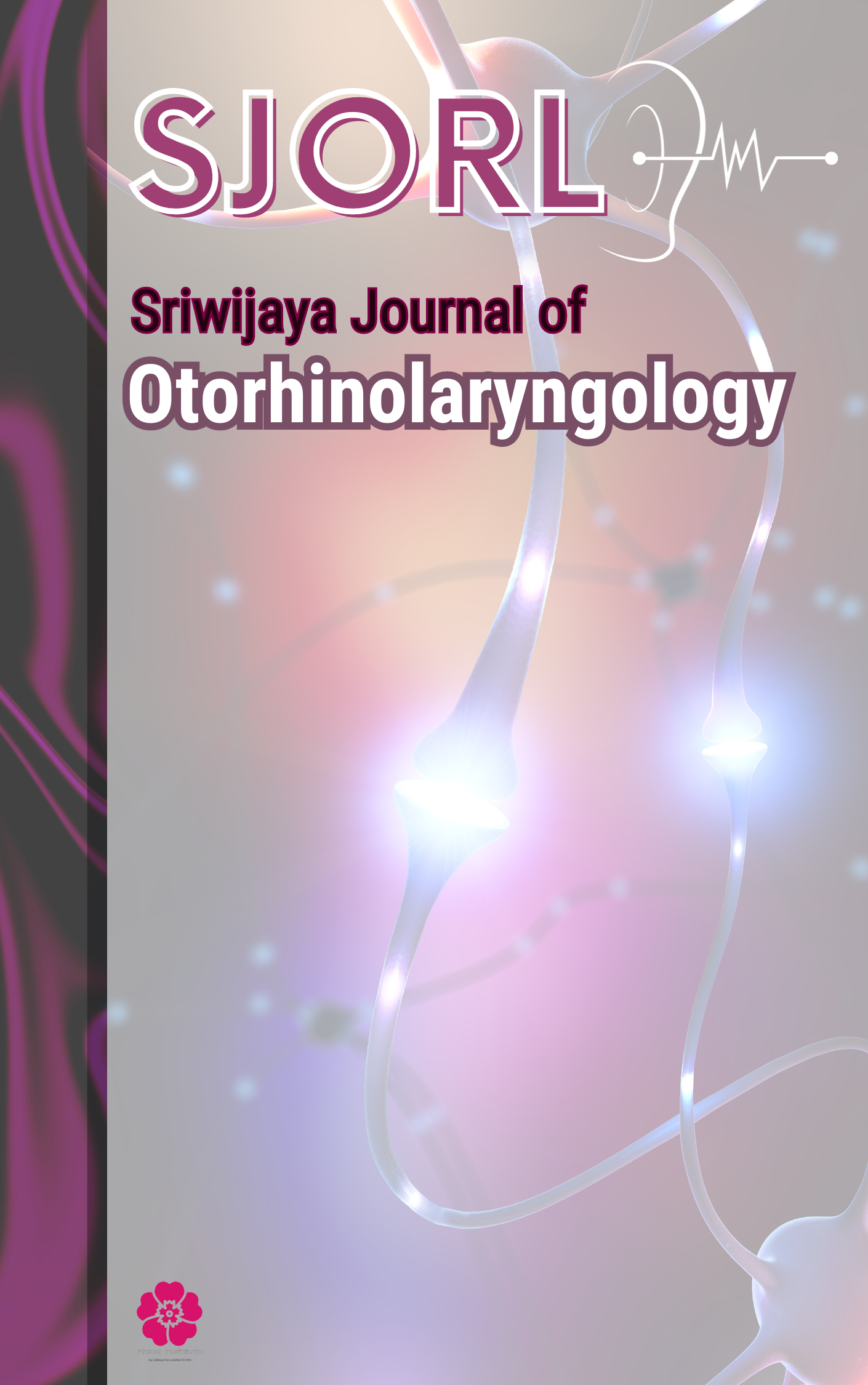Main Article Content
Abstract
Introduction: In Indonesia, jamu (traditional herbal medicine) is culturally significant for health maintenance, including managing common ear, nose, and throat (ENT) complaints. This study explored the influence of jamu on the prevention and management of these complaints by examining patient beliefs, usage patterns, perceived outcomes, and associations with conventional healthcare-seeking.
Methods: A mixed-methods sequential explanatory design was used. A cross-sectional survey of 1200 Indonesian adults assessed demographics, ENT complaint prevalence, jamu use (type, frequency, perceived effectiveness), and healthcare seeking. Subsequently, semi-structured interviews were conducted with 30 survey participants who regularly used jamu for ENT issues to explore their beliefs and experiences. Quantitative data were analyzed using descriptive statistics, chi-square tests, and logistic regression. Qualitative data underwent thematic analysis.
Results: Survey data showed 68.5% experienced ENT complaints in the past year, with sore throat (42.3%), cough (38.7%), and nasal congestion (31.2%) most common. Among them, 53.2% used jamu, primarily turmeric-based for sore throat and ginger-based for cough and congestion. Regular jamu use was associated with perceived symptom relief (p < 0.001) but also with a higher likelihood of delaying conventional care for persistent symptoms (OR = 1.85). Interviews revealed strong cultural beliefs in jamu's efficacy and safety for mild ENT issues, often used as a first-line treatment due to its natural origin, fewer perceived side effects, and affordability. However, some acknowledged its limitations for severe conditions.
Conclusion: Jamu plays a significant role in managing common ENT complaints in Indonesia, driven by strong cultural beliefs and perceived benefits. While users report symptom relief, delayed access to conventional care for serious conditions is a potential concern. Further research is needed to scientifically evaluate specific jamu formulations and develop integrated usage guidelines in Indonesia.
Keywords
Article Details

This work is licensed under a Creative Commons Attribution-NonCommercial-ShareAlike 4.0 International License.
Sriwijaya Journal of Otorhinolaryngology (SJORL) allow the author(s) to hold the copyright without restrictions and allow the author(s) to retain publishing rights without restrictions, also the owner of the commercial rights to the article is the author.

